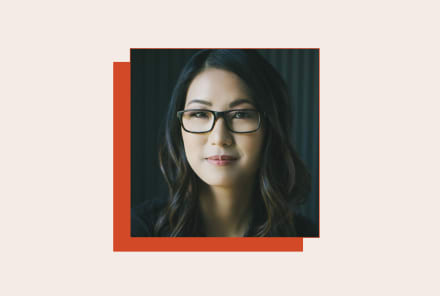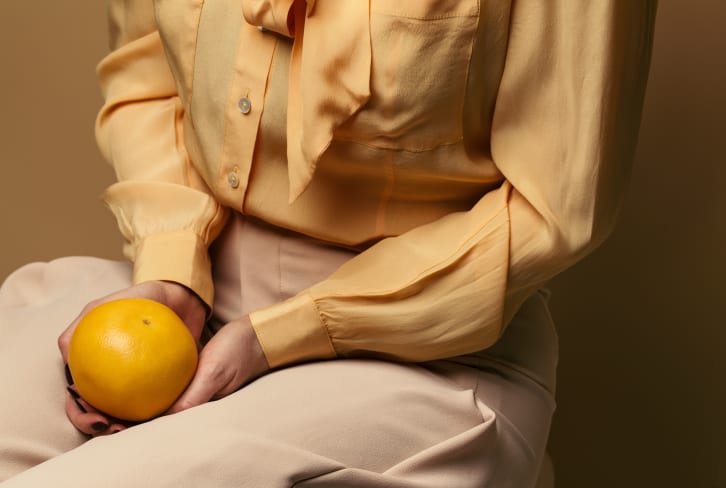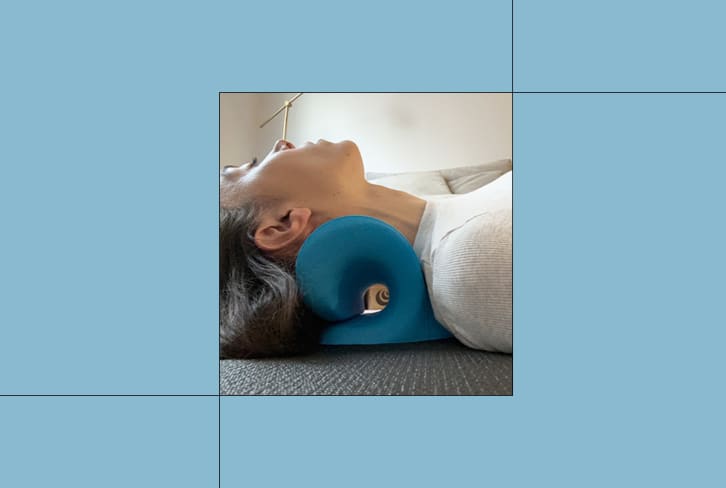Advertisement
4 Ways To Protect Your Ears From Hearing Loss, From An Audiologist

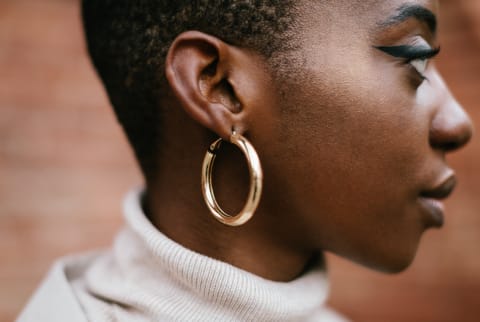
Young adults tend to know the importance of caring for their minds, muscles, and hearts: We'll go to therapy, engage in cardio and strength training, and follow a balanced diet to keep them in tiptop shape. But we don't usually give our ears the same TLC—and according to audiologist Emily J. Taylor, AuD, FAAA, that's a mistake.
The importance of taking care of your ears early
"There are very small preventable measures that young people could be taking that would prevent permanent hearing loss and ringing in the ears, called tinnitus," says Taylor.
It's normal to experience some hearing loss as you get older (aka age-related hearing loss or presbycusis), due to changes in the inner and middle ear and along the neural pathways from the ear to the brain, according to the National Institutes of Health (NIH). Genetics, certain medical conditions (such as high blood pressure and diabetes), and some medications (including those for chemotherapy) can also contribute to hearing loss as you age, per the NIH.
While scientists haven't figured out how to prevent presbycusis just yet, you can take steps to stave off hearing loss due to noise, which is incredibly common. An estimated 17% of 20- to 69-year-old adults have permanent hearing damage due to excessive noise exposure, according to the Centers for Disease Control and Prevention1 (CDC).
Along with making everyday activities such as chatting with a neighbor or watching TV a challenge, suffering from hearing loss may impact your cognitive health, says Taylor. Poor hearing performance has been linked with worse cognitive functioning, and hearing impairment is seen as the greatest risk factor for dementia, according to a 2022 study2 on more than 168,000 participants. "It's just a correlation, not a causation, but it's still good to be aware of that [risk]," says Taylor.
4 ways to protect yourself from hearing loss
To help reduce your risk of hearing loss and support your brain health, here are four steps you can take to start caring for your ears today:
Wear hearing protection in noisy environments.
Unless your job (think construction or woodworking) requires it, you may not think to wear hearing protection in noisy spaces. But in reality, you should be wearing earplugs when you're attending a music festival, riding a motorcycle, or even mowing your lawn, says Taylor.
Without them, "you could experience temporary tinnitus or temporary hearing loss," she adds. "Sometimes after noise exposure, we see a temporary threshold shift, where if someone tested your hearing right after that concert, you would present with hearing loss. It can recover, but you would definitely leave the concert with ringing in your ears."
In fact, sporting events are so loud, you might suffer hearing loss after just 15 minutes of exposure, and it can take as little as five minutes to harm your hearing while at a nightclub or concert. Generally speaking, the louder the sound and longer the exposure, the less time it takes and the greater the risk for hearing loss to occur, according to the CDC3.
People often push back on wearing ear protection at concerts, says Taylor, as they believe they won't be able to hear the artist with plugs in. But there are earplugs on the market, such as those from Loop and Eargasm, that are specifically designed for music—and look pretty cute to boot, she notes. "You hear the music perfectly; it's just a little softer," she adds. "In my opinion, the music sounds a little better because it's not, like, painfully loud."
In other instances, you're fine to use the cheap foam earplugs available at the hardware store. Just make sure to put them in them properly for adequate protection, says Taylor.
The right way to put in earplugs
Use a decibel meter on your phone.
To be able to instantly determine whether you should wear hearing protection, download a decibel meter app, such as Decibel X, on your phone, recommends Taylor. You can also turn on the Health app's Environmental Sound Levels setting on your Apple Watch, which records the sound levels (measured in decibels) in your environment and the amount of time you're exposed to it so you can tweak your routine accordingly.
Stop cleaning your ears.
Though it's tempting to stick a cotton swab in your ear canal when you see a bit of wax, it can do more harm than good, says Taylor. "It's a common misconception that you need to clean your ears," she says. "The skin in the ear canal is the only skin on the body that moves, so it's designed to push out debris. But when you put a Q-tip in there, you're just pushing the wax further in."
That can not only cause pain to the sensitive eardrum, says Taylor, but over time, it may also lead to a buildup of impacted wax that can block the ear canal4 and create temporary hearing loss.
Not to mention, ear wax is actually beneficial; it prevents itching, keeps the skin hydrated, protects the eardrum, and is antimicrobial, helping to prevent infection, says Taylor. However, if ear wax is lingering on the outer edge of your ear canal and it's bothering you, it's typically safe to gently wipe it with a tissue wrapped around your finger, taking care not to go inside your ear canal, she says.
When in doubt, book an appointment with an audiologist, who can use specialized tools to safely remove any impacted ear wax.
Check in with an audiologist.
A hearing exam may not be a part of your health screening routine, but it's time you add it to your to-do list. The American Speech-Language-Hearing Association recommends5 adults have a screening by an audiologist once a decade. Once you turn 50, you'll want to have your hearing checked every three years, or more frequently if you have known risk factors, per the Association.
Regardless of your age, book an appointment with an audiologist if you're experiencing any signs of hearing loss or damage, whether it be struggling with everyday conversations, experiencing ringing in your ears, noticing a difference in hearing between your two ears, or feeling dizzy regularly, says Taylor.
A trip to the audiologist is also worthwhile if you're going to multiple music festivals a year, concerts every month, or have noisy hobbies. They can help you get custom earplugs that are more comfortable and offer better protection than ready-made versions, says Taylor.
The takeaway
While you can't stop age-related hearing loss, some hearing loss caused by noise and ear wax is preventable by wearing ear protection and practicing good cleansing habits. And you heard it here first: Establishing healthy ear habits while you're young can help you maintain your hearing and support your cognitive health in the long run.
5 Sources
- https://www.cdc.gov/ncbddd/hearingloss/noise.html
- https://www.thelancet.com/journals/ebiom/article/PIIS2352-3964(22)00518-7/fulltext
- https://www.cdc.gov/nceh/hearing_loss/what_noises_cause_hearing_loss.html
- https://www.ncbi.nlm.nih.gov/books/NBK536541/
- https://jamanetwork.com/journals/jama/fullarticle/2777723
Watch Next
Enjoy some of our favorite clips from classes
Enjoy some of our favorite clips from classes
What Is Meditation?
Mindfulness/Spirituality | Light Watkins
Box Breathing
Mindfulness/Spirituality | Gwen Dittmar
What Breathwork Can Address
Mindfulness/Spirituality | Gwen Dittmar
The 8 Limbs of Yoga - What is Asana?
Yoga | Caley Alyssa
Two Standing Postures to Open Up Tight Hips
Yoga | Caley Alyssa
How Plants Can Optimize Athletic Performance
Nutrition | Rich Roll
What to Eat Before a Workout
Nutrition | Rich Roll
How Ayurveda Helps Us Navigate Modern Life
Nutrition | Sahara Rose
Messages About Love & Relationships
Love & Relationships | Esther Perel
Love Languages
Love & Relationships | Esther Perel
What Is Meditation?
Box Breathing
What Breathwork Can Address
The 8 Limbs of Yoga - What is Asana?
Two Standing Postures to Open Up Tight Hips
How Plants Can Optimize Athletic Performance
What to Eat Before a Workout
How Ayurveda Helps Us Navigate Modern Life
Messages About Love & Relationships
Love Languages
Advertisement
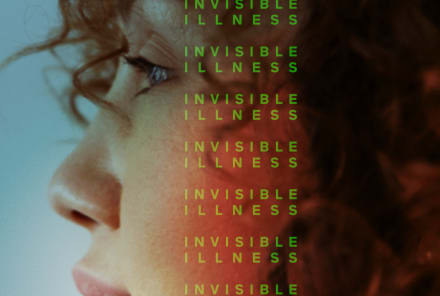
This Gave Me Osteoporosis At 32 & Here's What I Wish People Knew
AmiCietta Duche Clarke

New Study Shows This Vitamin May Lower Your Risk Of Alzheimer’s By 17%
Molly Knudsen, M.S., RDN

This Gave Me Osteoporosis At 32 & Here's What I Wish People Knew
AmiCietta Duche Clarke

New Study Shows This Vitamin May Lower Your Risk Of Alzheimer’s By 17%
Molly Knudsen, M.S., RDN




